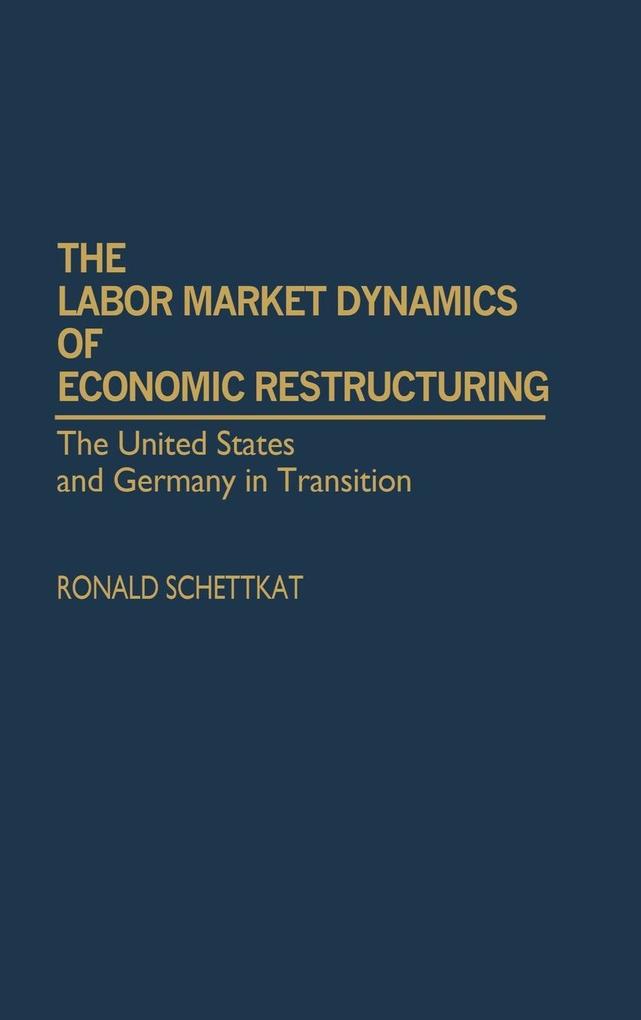
Zustellung: Di, 22.07. - Fr, 25.07.
Versand in 7 Tagen
VersandkostenfreiThis study examines the labor markets of the United States and Germany, developing a framework for the analysis of labor market dynamics based upon the dynamic flow analysis, instead of the conventional labor stock data. Until recently, labor market analysis was mainly based on stock data, which is a suitable data source for structural and aggregate phenomena but does not allow for the analysis of processes that are behind the net changes identified by stock data. To identify the dynamic elements in the labor market, information on flows is needed. In recent years flow data have become available, indicating that an enormous amount of that labor market mobility is occurring every month.
The use of flow data to analyze questions of the mismatch in the labor market and the underlying labor market dynamics has been suggested recently by scholars. The analysis presented in this study of the labor market in the U. S. and Germany uses these data to link dynamic concepts of labor market adjustment to flow data. This study will be of interest to scholars in labor economics and industrial organization.
The use of flow data to analyze questions of the mismatch in the labor market and the underlying labor market dynamics has been suggested recently by scholars. The analysis presented in this study of the labor market in the U. S. and Germany uses these data to link dynamic concepts of labor market adjustment to flow data. This study will be of interest to scholars in labor economics and industrial organization.
Inhaltsverzeichnis
Outline: Economic Progress, Structural Change, and Labor Market Dynamics
Labor Market Dynamics and Economic Theory: Explaining Unemployment
Analyzing Labor Market Dynamics: A Conceptual Framework
Job Boom and Job Decline: Global Economic Trends in the United States and Germany
Labor Market Dynamics in the United States
Labor Market Dynamics in the Germany
Conclusions for Labor Market Theories and Employment Policies
Bibliography
Name Index
Subject Index
Labor Market Dynamics and Economic Theory: Explaining Unemployment
Analyzing Labor Market Dynamics: A Conceptual Framework
Job Boom and Job Decline: Global Economic Trends in the United States and Germany
Labor Market Dynamics in the United States
Labor Market Dynamics in the Germany
Conclusions for Labor Market Theories and Employment Policies
Bibliography
Name Index
Subject Index
Produktdetails
Erscheinungsdatum
28. Februar 1992
Sprache
englisch
Seitenanzahl
230
Autor/Autorin
Ronald Schettkat
Verlag/Hersteller
Produktart
gebunden
Gewicht
530 g
Größe (L/B/H)
235/157/18 mm
ISBN
9780275939106
Entdecken Sie mehr
Bewertungen
0 Bewertungen
Es wurden noch keine Bewertungen abgegeben. Schreiben Sie die erste Bewertung zu "The Labor Market Dynamics of Economic Restructuring" und helfen Sie damit anderen bei der Kaufentscheidung.









